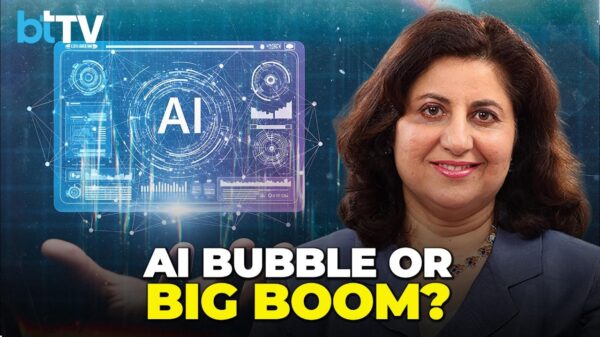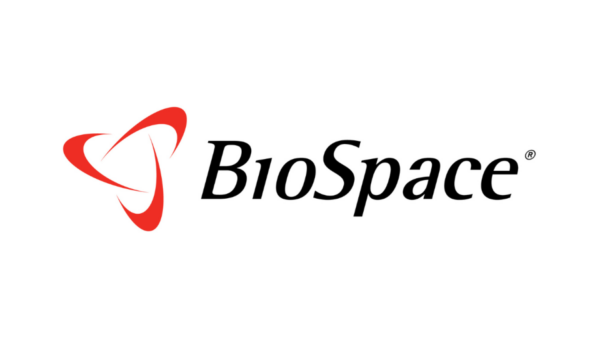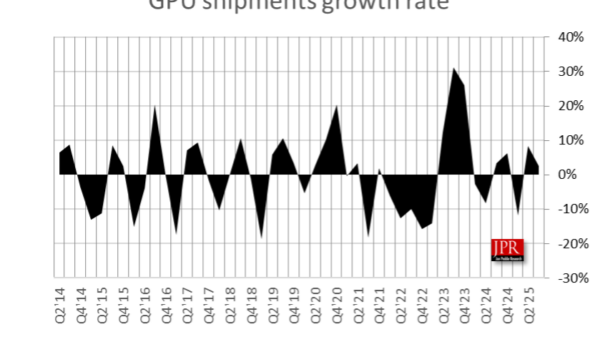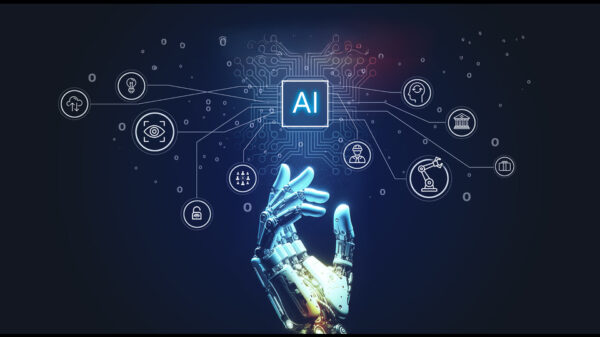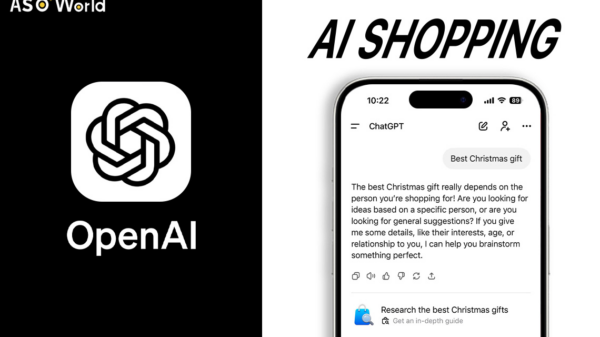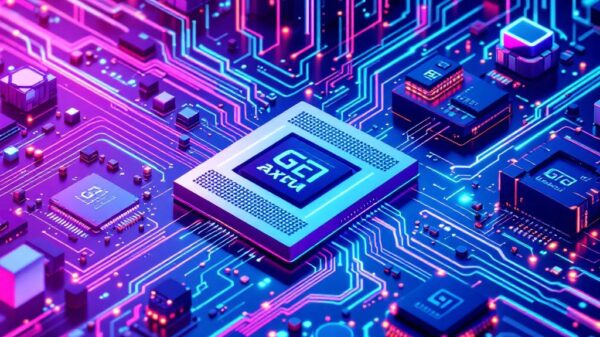OpenAI has unveiled its first ambient computing hardware prototype, developed in collaboration with renowned designer Jony Ive. The device, slated for release within the next two years, aims to redefine user interaction with technology by enabling a more seamless and less intrusive experience. Rather than presenting a screen filled with apps and notifications, this device is designed to listen for simple commands and perform tasks quietly, fostering what the company describes as a “calmer relationship with information.” This strategic move indicates OpenAI’s intention to compete with established giants like Apple, Amazon, and Google in the hardware space, enhancing its software offerings with physical products.
Alongside this hardware announcement, OpenAI launched a new shopping research tool integrated into ChatGPT. This feature scours the internet to generate guides for various products, detailing their pros and cons while tailoring recommendations to users’ budgets and specific requirements. By avoiding brand sponsorships, OpenAI aims to present unbiased and cleaner suggestions, positioning itself directly against Google Shopping and Amazon‘s retail platforms. As more consumers turn to personal AI for shopping advice, this innovation could significantly alter the dynamics of online retail and product discovery.
Amazon has also been expanding its AI capabilities aggressively, revealing that it currently operates over 900 data centers globally, configured for high-demand machine learning tasks. These facilities support Amazon’s vast retail systems, cloud services, and security platforms. With the holiday shopping season approaching, the company’s AI algorithms analyze millions of customer interactions every hour to optimize product visibility, pricing strategies, and inventory forecasting. This operational agility has been cited as a primary reason why traditional retailers struggle to keep pace with Amazon’s e-commerce dominance, which encompasses a remarkable 40% share of the U.S. market.
In addition to enhancing its retail systems, Amazon is investing heavily in federal AI infrastructure, committing approximately $50 billion in a bid to bolster services for U.S. government agencies. This investment follows the announcement of the “Genesis Mission,” an executive initiative by President Trump aimed at accelerating AI innovation in collaboration with Nvidia and Dell. Furthermore, Amazon has introduced an Autonomous Threat Analysis system designed to strengthen cybersecurity measures, showcasing its commitment to building a comprehensive AI ecosystem that spans from consumer goods to national security.
Meanwhile, Google has seen substantial momentum following the recent launch of its Gemini 3.0 model, which has demonstrated superior performance in reasoning tests, positioning it as one of the most powerful language models on the market. The surge in interest has contributed to Alphabet nearing a $4 trillion valuation, bolstered by a significant uptick in its stock price. Its cloud services have emerged as a key growth driver, drawing clients away from Amazon and enticing investments from major firms such as Berkshire Hathaway.
Analysts highlight Google’s strong financial position as a catalyst for its continued growth in AI, with an annual free cash flow of approximately $75 billion. This financial strength enables rapid investments in infrastructure and technology, which are crucial as the demand for AI capabilities expands across various sectors, including shopping, cloud services, and workplace productivity tools. Google’s ongoing development of custom silicon, particularly in its TPUs, further enhances its ability to meet rising AI demands efficiently.
In this fast-evolving landscape, a shared theme among OpenAI, Amazon, and Google is the pursuit of creating AI products that integrate seamlessly into daily life. Rather than relying on conventional interfaces, these companies are exploring ways to embed AI within specific user workflows. OpenAI’s ambient computing device and Amazon’s extensive AI infrastructure exemplify this shift, while Google leverages its vast resources to enhance its AI services across its platforms. As technology companies vie for dominance in this new era of AI, the focus remains on crafting user experiences that are both efficient and unobtrusive. The next evolution in consumer technology may well involve interfaces that are almost invisible, intervening only when necessary.
As the competition heats up, industry watchers will be keenly observing which company successfully innovates to define the future landscape of AI-integrated consumer technology.
 Jim Cramer Analyzes Oracle’s OpenAI Partnership Amidst AI Market Competition
Jim Cramer Analyzes Oracle’s OpenAI Partnership Amidst AI Market Competition AI Valuation Debate Intensifies as Wall Street Rallies; India’s Market Resilience Tested
AI Valuation Debate Intensifies as Wall Street Rallies; India’s Market Resilience Tested UAE Invests $1 Billion to Enhance Africa’s AI Infrastructure Amid Growing Demand
UAE Invests $1 Billion to Enhance Africa’s AI Infrastructure Amid Growing Demand HGC Launches Strategic Transformation to Leverage AI for Market Leadership and Innovation
HGC Launches Strategic Transformation to Leverage AI for Market Leadership and Innovation Microsoft’s Fara-7B AI Agents Enable On-Device Automation with Enhanced Governance Needed
Microsoft’s Fara-7B AI Agents Enable On-Device Automation with Enhanced Governance Needed



